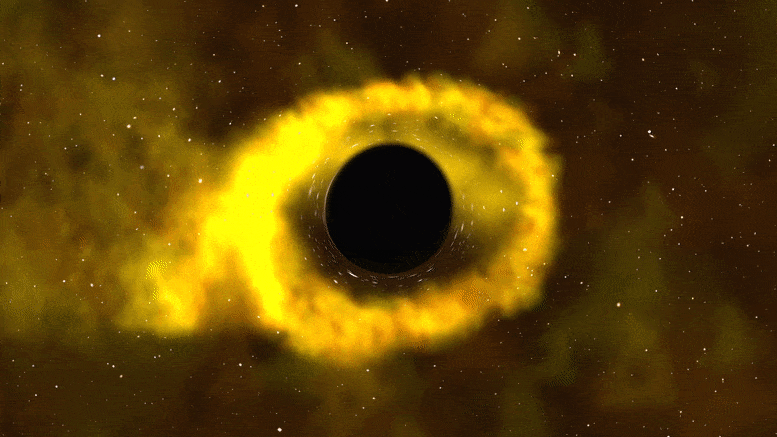
- Astronomers have found evidence for the destruction of thousands of stars in multiple galaxies, using NASA’s Chandra X-ray Observatory.
- Growing black holes within dense stellar clusters are thought to be responsible for this large-scale devastation.
- This process could account for “intermediate mass black holes” through the runaway growth of stellar-mass black holes.
- The new study involved the observations of over a hundred galaxies with Chandra.
A new survey of over 100 galaxies by NASA’s Chandra X-ray Observatory has uncovered signs that black holes are demolishing thousands of stars in a quest to pack on weight. The four galaxies shown in the graphic below are among 29 galaxies in the sample that showed evidence for growing black holes near their centers. X-rays from Chandra (blue) have been overlaid on optical images from NASA’s Hubble Space Telescope of the galaxies NGC 1385, NGC 1566, NGC 3344, and NGC 6503. The boxes that appear in the image at the bottom of this article show the location of the burgeoning black holes.
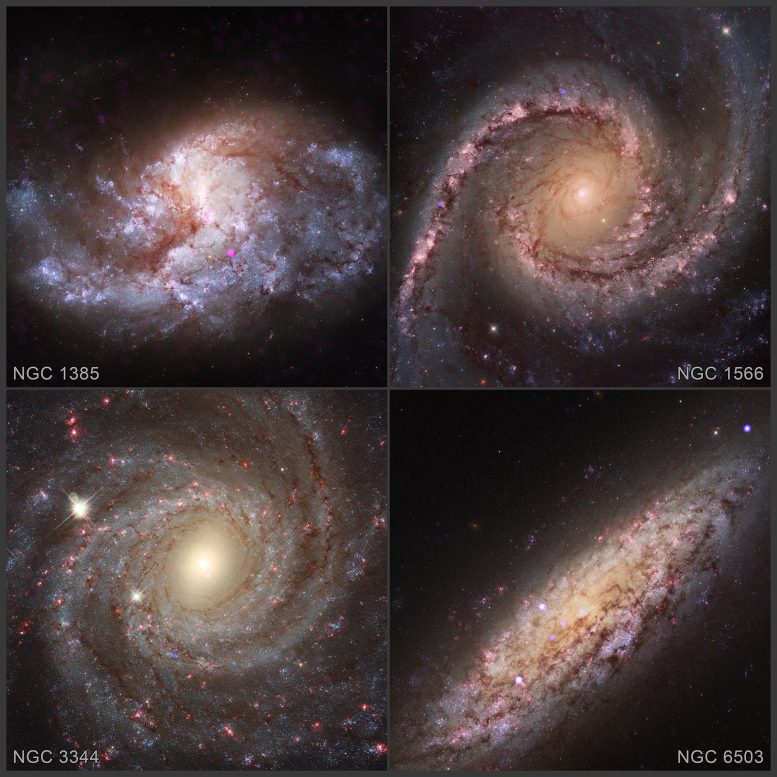
These new results point to a relatively violent path for at least some of these black holes to reach their present size — stellar destruction on a scale that has rarely if ever been seen before.
Astronomers have made detailed studies of two distinct classes of black holes. The smaller variety are “stellar-mass” black holes that typically weigh 5 to 30 times the mass of the Sun. On the other end of the spectrum are the supermassive black holes that live in the middle of most large galaxies, which weigh millions or even billions of solar masses. In recent years, there has also been evidence that an in-between class called “intermediate-mass black holes” (IMBHs) exists. The new study with Chandra could explain how such IMBHs are made through the runaway growth of stellar-mass black holes.
One key to making IMBHs may be their environment. This latest research looked at very dense clusters of stars in the centers of galaxies. With stars in such close proximity, many stars will pass within the gravitational pull of black holes in the centers of the clusters. Theoretical work by the team implies that if the density of stars in a cluster — the number packed into a given volume — is above a threshold value, a stellar-mass black hole at the center of the cluster will undergo rapid growth as it pulls in, shreds and ingests the abundant neighboring stars in close proximity.
Of the clusters in the new Chandra study, the ones with density above this threshold had about twice as many growing black holes as the ones below the density threshold. The density threshold depends also on how quickly the stars in the clusters are moving.
The process suggested by the latest Chandra study can occur at any time in the universe’s history, implying that intermediate-mass black holes can form billions of years after the Big Bang, right up to the present day.
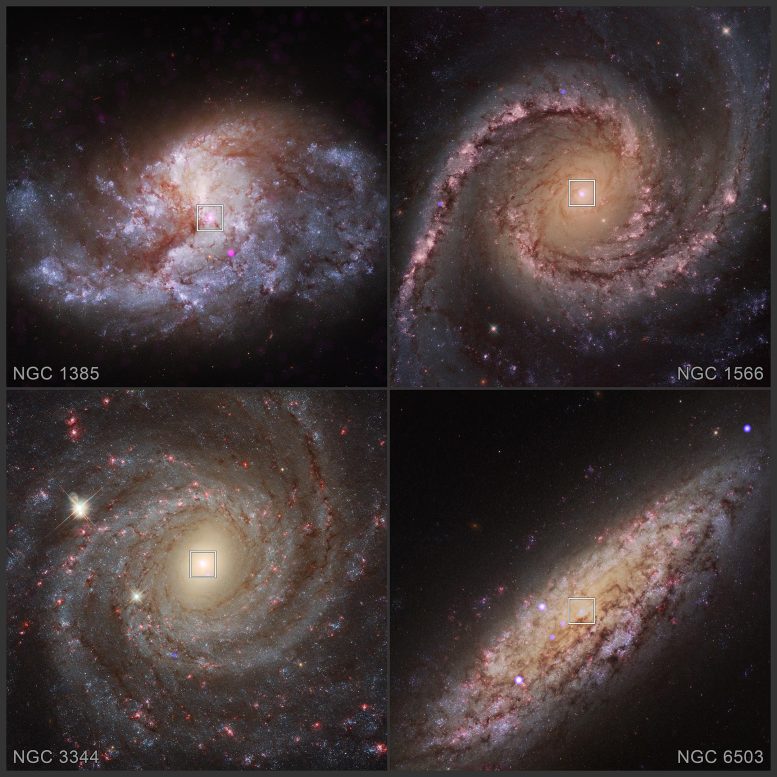
Read Black Holes Devour Thousands of Stars To Fuel Growth, for more on this study.
A paper describing these results was accepted and appears in The Astrophysical Journal. The authors of the study are Vivienne Baldassare (Washington State University), Nicolas C. Stone (Hebrew University in Jerusalem, Israel), Adi Foord (Stanford University), Elena Gallo (University of Michigan), and Jeremiah Ostriker (Princeton University).
Reference: “Massive black hole formation in dense stellar environments: Enhanced X-ray detection rates in high velocity dispersion nuclear star clusters” by Vivienne F. Baldassare, Nicholas C. Stone, Adi Foord, Elena Gallo and Jeremiah P. Ostriker, 14 April 2022, The Astrophysical Journal.
DOI: 10.3847/1538-4357/ac5f51
arXiv:2203.02517
NASA’s Marshall Space Flight Center manages the Chandra program. The Smithsonian Astrophysical Observatory’s Chandra X-ray Center controls science operations from Cambridge, Massachusetts, and flight operations from Burlington, Massachusetts.
Never miss a breakthrough: Join the SciTechDaily newsletter.
Follow us on Google, Discover, and News.
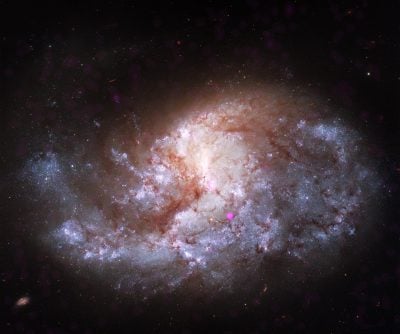
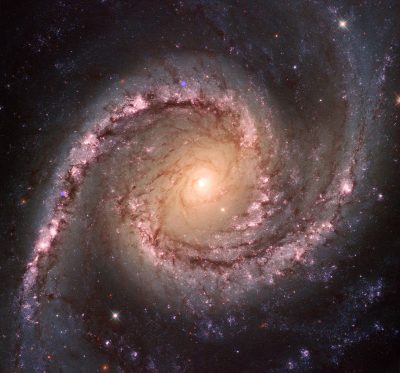
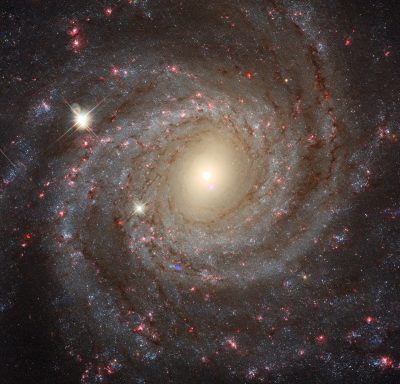
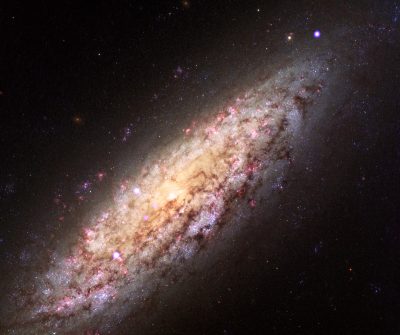
3 Comments
This is absolutely outrageous behavior and needs to be stopped immediately!
It would be nice to have a timescale with your video. I am guessing it has a timescale of thousands to millions of years
It appears there are no ” Black Hole ” police anywhere in the universe. Monitoring these rogue bullies.